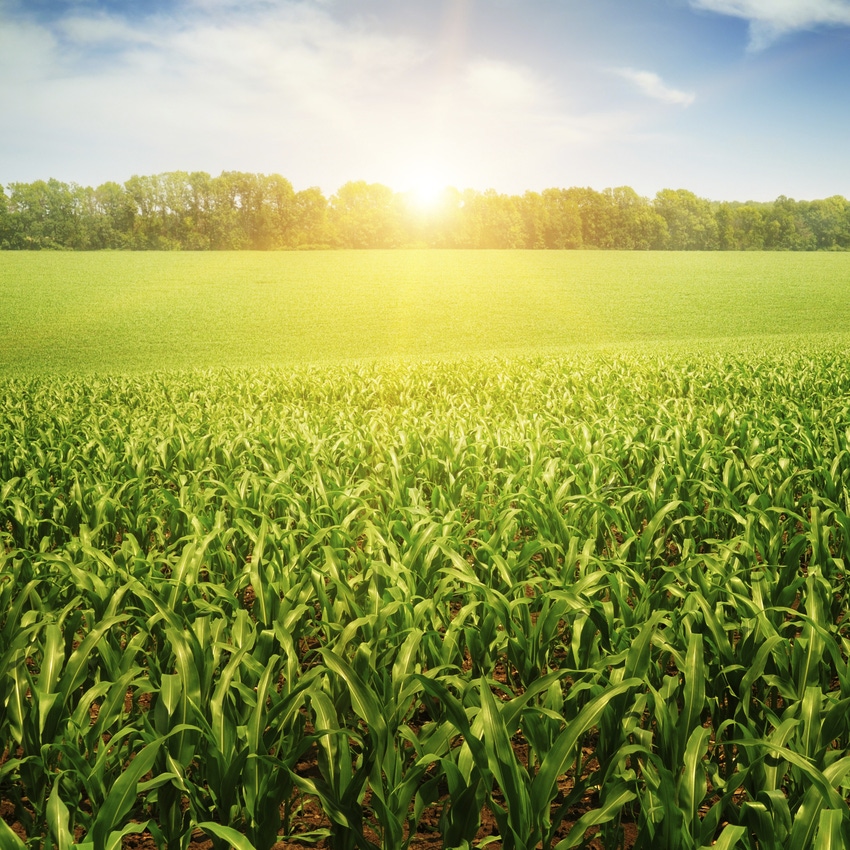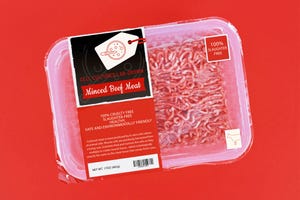Stronger stalks may reduce crop loss, increase revenues
Unique consortium is working to breed stronger plants as part of a four-year quest to increase grain yields and reduce crop loss.
September 13, 2018

Stalk lodging, when a grain stem snaps prior to harvest, is a serious problem in most grain crops and results in annual yield losses of approximately 20%, according to an announcement from the University of Idaho. The problem arises as a result of factors ranging from high nitrogen levels to storm damage to disease and seed type.
Faced with a growing global population, plant scientists, engineers and mathematicians from three universities — the University of Idaho, the University of Kentucky and Clemson University in South Carolina — will spend the next four years examining ways to overcome this barrier in improving grain yields.
University of Idaho mechanical engineer Daniel Robertson with the College of Engineering and renewable materials chemist Armando McDonald with the College of Natural Resources, along with other researchers, will study stalk lodging in corn and sorghum with the intent of breeding stronger plants. The project is funded through a $6 million grant from the National Science Foundation's Established Program to Stimulate Competitive Research (EPSCoR).
Through a unique combination of measuring stalk strength and mathematical modeling, the team will investigate the microstructure of large plant populations to predict the underlying features that cause — and also may be used to overcome — stalk lodging, the announcement said.
“Corn, wheat and rice account for two-thirds of human caloric intake, and all three crops suffer from crop lodging,” Robertson said. “If you reduce corn lodging by just 1%, you’d produce another $2 billion of corn each year.”
Lead researcher Seth DeBolt, horticulture professor at the University of Kentucky, said the team will tackle the problem from a biomechanical standpoint.
“We will analyze the corn stalks just like we do an aircraft carrier or a car. We are going to figure out where and why they break,” Robertson said. “It will be one of the first times that mechanical engineers are directly involved in solving this mechanical problem.”
McDonald will study the cellular mechanics and chemistry of the stalk cells, investigating how changing the chemistry of the plants’ cell walls affect stalk strength and how the stalk deforms. Robertson is producing several portable biomechanical devices to rapidly measure stalk strength in corn and sorghum fields.
“We’ll use those devices to determine the lodging resistance of multiple corn and sorghum varieties, and then, using engineering techniques, mathematics and statistics, we should be able to predict why particular varieties are stronger or weaker,” DeBolt said. “In particular, we are hoping to determine both genetic and environmental factors that influence stalk strength.”
“If they get positive results from this research, it could really have some good impacts on how we grow corn and sorghum and improve yields from Kentucky through the 'I' states [Indiana, Illinois and Iowa] and out to western Nebraska — throughout the world, for that matter,” said Chad Lee, director of the University of Kentucky Grain & Forage Center of Excellence in the College of Agriculture, Food & Environment.
Rajan Sekhon, a plant molecular biologist in the Clemson College of Science, has already begun to map the genetic mechanisms behind stem breakage using the new generation devices. Chris McMahan, a Clemson mathematician, will bring additional math and statistics expertise to the project and will further the ability of the team to link the genetics and biomechanics of stalk lodging.
Another team participant, Jonathan Wenk, associate professor and Gill professor in engineering in the University of Kentucky department of mechanical engineering, added, “That’s why this project is going to be really interesting; it’s very interdisciplinary. I know nothing about the genetics of corn, but I understand the relationships between the microstructure of a material and how that’s going to make a structure behave on a larger scale. I think one of the really neat big picture ideas of this project is basically seeing if we can engineer the microstructure of the stalk in such a way that this thing is going to behave better as a whole structure and hold up to different types of loading that might make it snap.”
DeBolt sees this research as just the beginning, according to a University of Kentucky announcement.
“Our goal is to bring more people into this [consortium] and to try to use the combination of engineering and biology to tackle problems that can help humanity,” he said. “If this works, we’ll then go for root lodging, obviously, but there are a lot of other complex traits that are associated with yield and resource allocation within the plant that have not been touched because of their complexity.”
You May Also Like



